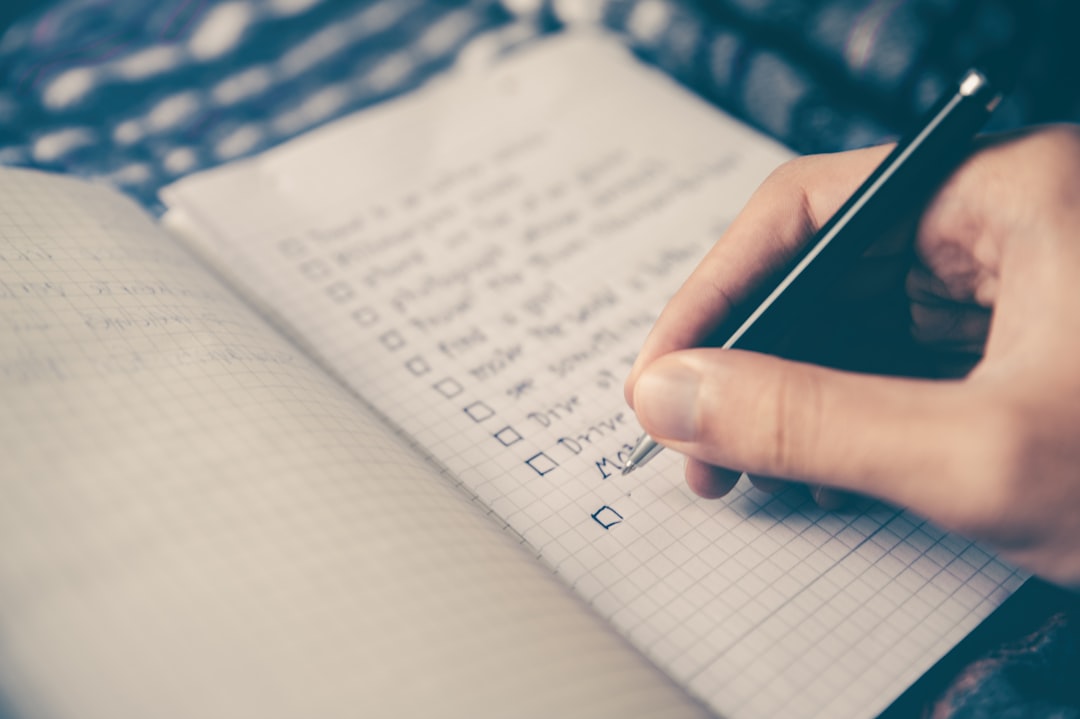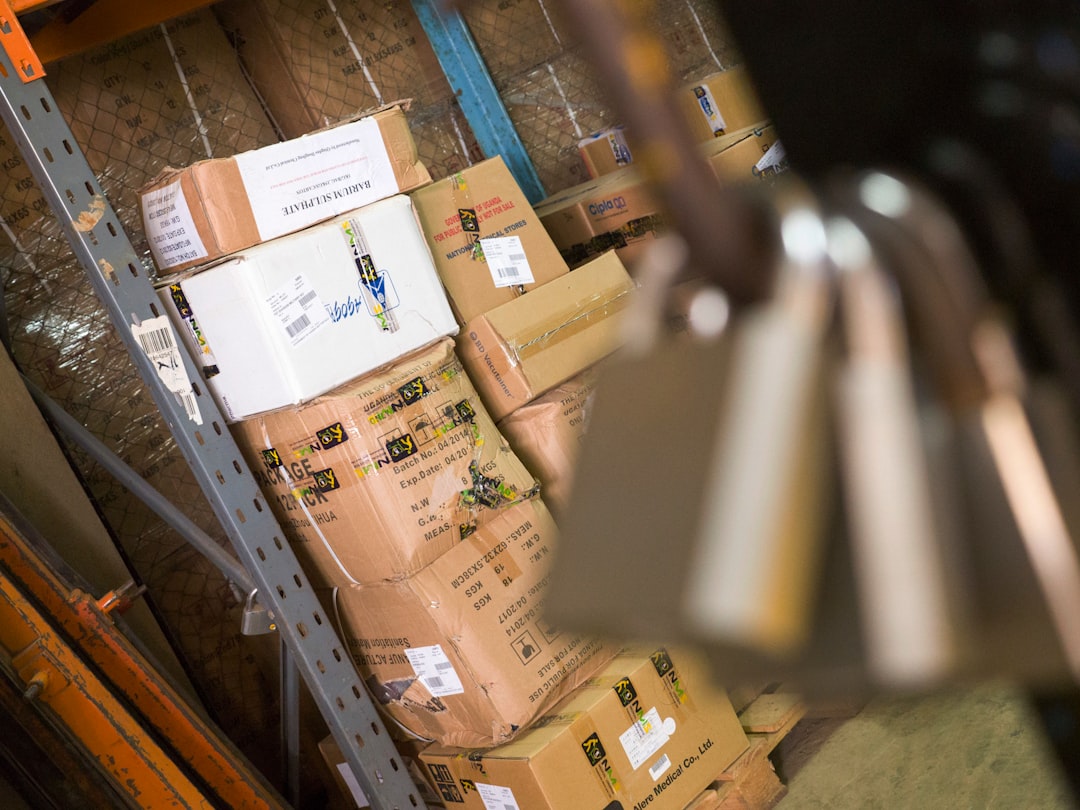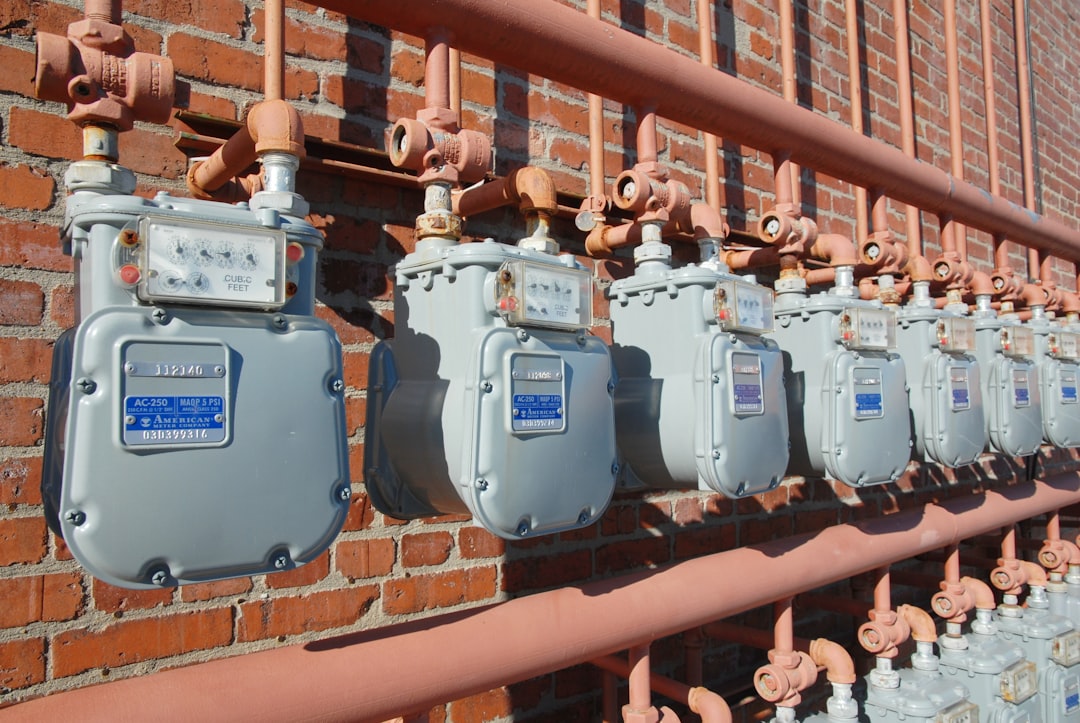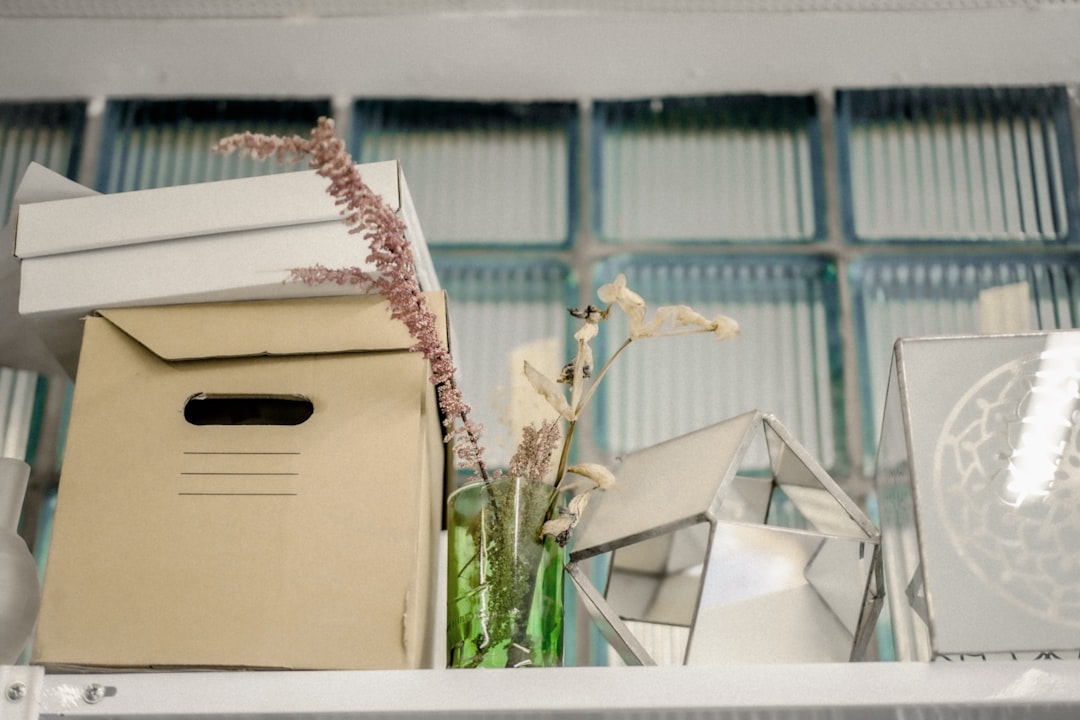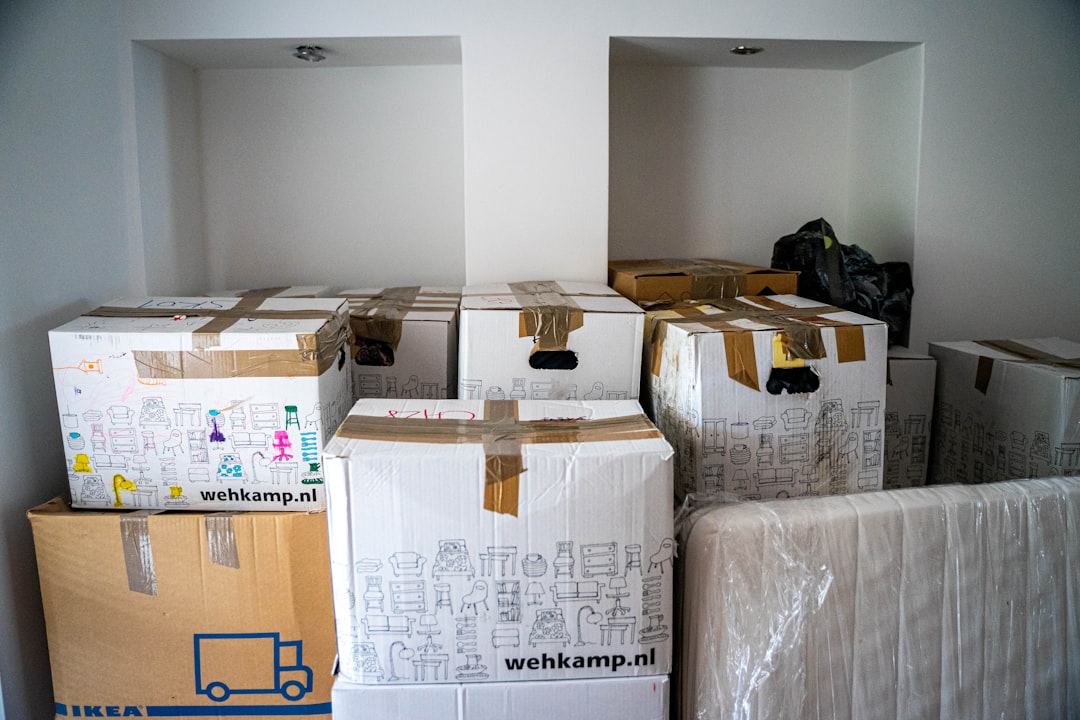Moving house is a big job, often filled with details that require careful attention. The URemovals Moving Checklist is your practical guide, designed to simplify your relocation process and ensure a smooth transition.
Whether you are moving a few blocks away or to a different city, this checklist offers step-by-step instructions to organise every aspect of your move effectively.
From early preparations like decluttering to setting up your new home, this checklist is designed to be your reliable partner, turning the potential stress of moving into an organised experience.
Preparing for Your Move: Essential Steps with URemovals Moving Checklist
1# Two Months Before Moving
- Research and Book a Man & Van: Begin your search on URemovals. Compare quotes from different drivers and book your chosen provider to secure your preferred date. Booking early is essential if you plan to move on a Friday or a weekend.
- Sort and Declutter: Go through all your belongings. This not only simplifies your move but reduces costs, as Man & Van quotes are often based on volume. Categorise items into what you want to keep, sell, donate, or recycle.
- Inventory Your Possessions: Create a detailed inventory of exactly what you plan to move. Accuracy is key here—if you add extra furniture later, the price may change, or the van sent might be too small. Document the condition of valuable items with photos in case of any insurance claims.
2# Six Weeks Before Moving
- Gather Moving Supplies: Collect necessary packing materials. Acquire boxes in different sizes, packing tape, bubble wrap, and markers. You can often reuse boxes from local supermarkets or ask friends to save money and be environmentally friendly.
- Check Parking Access: (Crucial) Check the parking situation at both your current and new address. If you are in a Controlled Parking Zone (CPZ) or on a Red Route, apply to your local council for a parking suspension or visitor permit for the van.
- Start Packing Non-Essentials: Begin with items you do not use daily, like out-of-season clothing, books, and decorative items. Label each box with its contents and the room it belongs in.
- Notify Important Parties: Start informing entities about your move. This includes your bank, employer, insurance companies, and subscription services.
3# One Month Before Moving
- Notify Utility Companies: Contact your current utility providers (gas, electric, water) to inform them of your move-out date. Do not asking for a disconnection; simply arrange to close the account based on a final meter reading. This avoids expensive reconnection fees for the next occupant.
- Arrange Internet: Contact your broadband provider immediately. In the UK, moving an internet connection can sometimes take weeks, so book the installation date now to ensure you are connected when you arrive.
- Arrange School Transfers: If you have children, manage their school transfer process. Contact the current school to notify them and ensure all documentation is submitted to the new school.
- Confirm Moving Details: Log into URemovals or contact your driver to confirm the arrangements. Verify the arrival time and ensure they have the correct addresses. If you have large items (like a piano or American fridge), ensure the driver knows so they bring the right equipment.
4# Two Weeks Before Moving
- Pack Most of Your Belongings: Intensify your packing efforts. Focus on kitchenware, spare bedding, and clothes. Label every box clearly.
- Royal Mail Redirection: Set up a temporary mail redirection with the Royal Mail to ensure you don't miss important post.
- Update Your Address: Update your address with banks, insurers, and subscription services.
- SlothMove Address Change: SlothMove offers a service for changing your address across various businesses and institutions (DVLA, HMRC, NHS, etc.) in one go, saving you time.
- Pet and Vehicle Prep: If you have pets, ensure you have a secure carrier for the journey. For your car, check the oil and tyres to ensure it is ready for the drive to the new house.
5# One Week Before Moving
- Pack an Essentials Box: Prepare a box or suitcase with items you'll need immediately: toiletries, kettle, mugs, tea/coffee, medication, important documents, and a change of clothes. Keep this separate so it doesn't get buried in the van.
- Finalise Packing: Have nearly everything packed. Dismantle large furniture items (beds, tables) if you haven't paid for a dismantling service. Tape screws and bolts to the furniture pieces so they don't get lost.
- Council Tax: Contact your current local council to close your account and contact the new council to register your new property.
6# A Few Days Before Moving
- Defrost the Freezer: Start defrosting your freezer at least 48 hours before the move to prevent water damage in the van. Clean and dry the fridge thoroughly.
- Prepare Appliances: Disconnect washing machines and drain the water. Important: Fit transit bolts to the washing machine drum to prevent it from breaking during transport.
- Last-Minute Cleaning: Carry out a final clean of your home. If you are renting, check if you need a professional "End of Tenancy" clean to get your deposit back.
7# Moving Day
- Final Walkthrough: Before the van leaves, check every room, closet, and the loft to ensure nothing is left behind.
- Direct the Driver: Ensure the driver knows of any fragile items. If you booked a "self-loading" or "driver help" service, be ready to assist.
- Meter Readings: Record the final readings of your gas, electric, and water meters. Take a photo of the meters. You will need these to ensure you aren't billed for the next person's usage.
8# Arriving at Your New Home
- Check Items: As items are unloaded, check for any visible damage. If there are issues, note them immediately.
- Start Unpacking: Start with your essentials box. Set up the beds first so you can sleep comfortably.
- Check Utilities: Verify that the lights work, the boiler is running, and the toilets flush. Locate the stopcock (water shut-off valve) in case of emergencies.
9# Post-Moving
- Register with a GP: Register with a local General Practitioner (GP) surgery near your new home.
- Update Driving Licence: Notify the DVLA of your change of address. You must update both your Driving Licence and your Vehicle Logbook (V5C). It is a legal requirement in the UK, and failure to do so can result in a fine.
- Electoral Roll: Register to vote at your new address via the GOV.UK website.
- TV Licence: Update your address on the TV Licensing website.
10# Additional Tips
- Keep Important Documents Handy: Keep passports, lease papers, and insurance policies in your bag or car, not in the back of the van.
- Safety First: Keep walkways clear of boxes to prevent trips. If you have children or pets, try to arrange for them to stay with a family member on moving day, or keep them in a safe room away from the heavy lifting.
